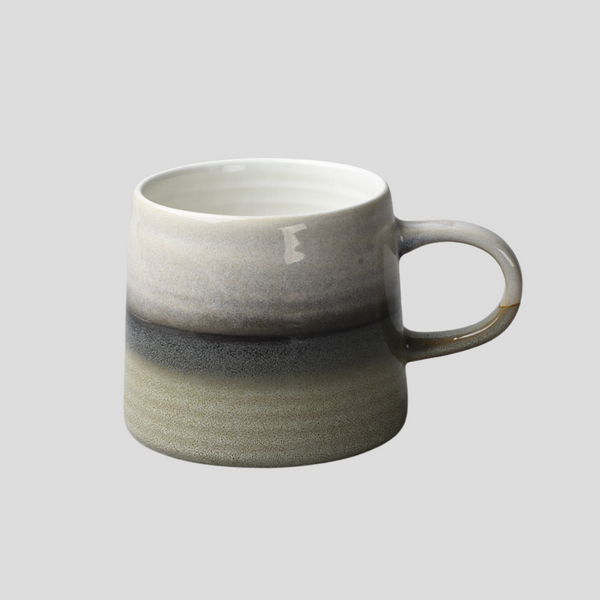
Crafting Beauty: The Art of Ceramics
Crafting Beauty: The Art of Ceramics
The art of ceramics is a profound expression of human creativity that has evolved over millennia. From ancient pottery unearthed in archaeological sites to contemporary sculptures gracing modern galleries, ceramics encompass a diverse range of techniques, materials, and aesthetics. This age-old craft blends practicality with artistic expression, allowing artists to create pieces that are both beautiful and functional.
The Origins and Evolution of Ceramic Art
The history of ceramics is as old as civilization itself, with the earliest pottery dating back to 24,000 BC. Initially, ceramics served primarily practical purposes, such as storing food and water. However, over time, people began to embellish their pottery with intricate designs, transforming these utilitarian objects into works of art. As civilizations flourished, so too did the complexity and variety of ceramic art, influenced by cultural exchanges, technological advancements, and individual artists' creativity.
Materials and Techniques
Ceramics are made by shaping clay, which is then fired at high temperatures to produce a hard, durable material. The choice of clay and firing techniques can significantly impact the texture, color, and strength of the final piece. Artists may use earthenware, stoneware, porcelain, or a combination of these materials, each offering unique properties. Techniques such as hand-building, wheel-throwing, carving, and slip casting are employed to shape the clay. Glazing and firing are the final steps, where the artist can experiment with colors, finishes, and effects that make each piece truly one-of-a-kind.
Contemporary Ceramic Art
In the modern era, ceramics have transcended their functional roots to assert their place in the art world firmly. Contemporary ceramic artists push the boundaries of the medium, experimenting with form, scale, and texture to create stunning sculptures and installations. These works often reflect on themes such as nature, identity, and social issues, inviting viewers to engage in a deeper dialogue with the art. Moreover, the tactility of ceramics offers a unique sensory experience, connecting people to the earthy origins of the medium.
The Community and Culture of Ceramics
The art of ceramics fosters a strong sense of community among artists, enthusiasts, and collectors. Workshops, exhibitions, and residencies provide spaces for learning, collaboration, and inspiration, where the passion for the craft is shared and celebrated. In many cultures, ceramic traditions are closely tied to heritage and identity, with ancestral techniques being passed down through generations. As such, ceramics serve as a link between the past and the present, preserving history while encouraging contemporary innovation.
The Enduring Appeal of Ceramic Art
Ceramic art captivates us with its blend of simplicity and complexity, function and aesthetic. In our fast-paced, digital world, the tactile, hands-on process of creating ceramics provides a soothing counterpoint, inviting both artists and viewers to slow down and connect with the material world. Whether adorning our homes, gracing museum collections, or integrated into public spaces, ceramics continue to enrich our lives with their beauty and versatility. As we look to the future, the art of ceramics promises to continue evolving, reflecting the infinite creativity of the human spirit.
Click this link to check out our ceramic artwork!
















































